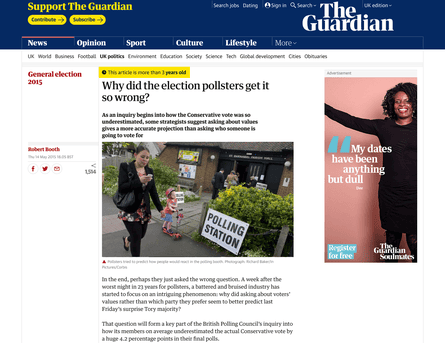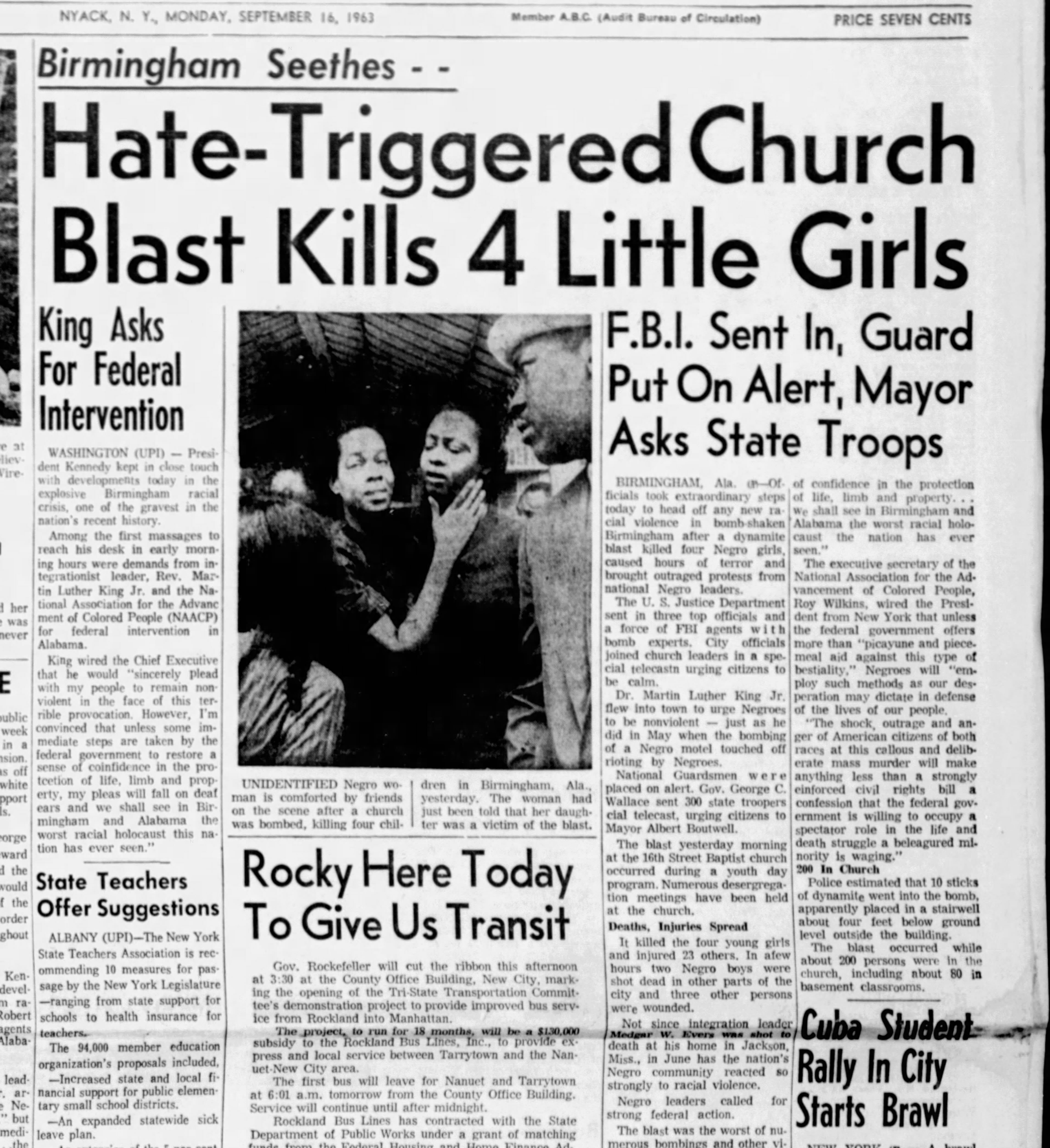News Articles Can Be Fun For Anyone
News Articles Can Be Fun For Anyone
Blog Article
Some Ideas on News Articles You Need To Know
Table of ContentsGetting The News Articles To WorkNews Articles Fundamentals ExplainedThe 25-Second Trick For News ArticlesHow News Articles can Save You Time, Stress, and Money.The Facts About News Articles Uncovered
Excellent expertise of different topics gives trainees a competitive side over their peers. Despite the fact that electronic and social networks are readily obtainable, we ought to not neglect exactly how important it is to check out the papers. Parents must try and inculcate the behavior of reading a newspaper as an everyday regimen to proceed the tradition of the revered print tool.Information stories also have at least one of the adhering to essential characteristics relative to the desired target market: distance, prominence, timeliness, human passion, quirk, or consequence.
Within these limitations, information tales additionally intend to be extensive. Nevertheless, other elements are involved, some stylistic and some derived from the media form. Among the larger and much more respected newspapers, fairness and balance is a significant consider providing details. Commentary is generally restricted to a different area, though each paper may have a different total angle.
Newspapers with an international audience, for instance, tend to use a more official design of writing. The specific selections made by an information electrical outlet's editor or editorial board are frequently gathered in a style overview; common style overviews include the and the United States News Design Publication. The primary objectives of news writing can be summed up by the ABCs of journalism: accuracy, brevity, and quality.
Some Known Factual Statements About News Articles
As a rule, journalists will certainly not utilize a lengthy word when a short one will certainly do. News writers try to stay clear of making use of the very same word much more than as soon as in a paragraph (sometimes called an "resemble" or "word mirror").
However, headlines sometimes omit the topic (e.g., "Jumps From Watercraft, Catches in Wheel") or verb (e.g., "Pet cat female lucky"). A subhead (likewise subhed, sub-headline, subheading, subtitle, deck or dek) can be either a subordinate title under the primary headline, or the heading of a subsection of the article. It is a heading that comes before the major text, or a team of paragraphs of the major message.

of a short article topic, source, or interviewee), it is described as a drawn quotation or draw quote. Extra signboards of any one of these kinds may show up later in the short article (especially on succeeding pages) to attract additional analysis. Journalistic internet sites occasionally utilize animation strategies to exchange one billboard for an additional (e.g.
Some Known Factual Statements About News Articles
Such signboards are additionally made use of as guidelines to the article in various other areas of the publication or site, or as promotions for the piece in other magazine or sites. News release of the Swiss government. Typical structure with title, lead paragraph (summary in bold), various other paragraphs (information) and call details.

Example of a hard-lead paragraph NASA is suggesting another area job. The budget plan requests roughly $10 billion for the task.
The NASA statement came as YOURURL.com the agency requested $10 billion of appropriations for the job. An "off-lead" is the 2nd essential front page information of the day. The off-lead appears either in the leading left edge, or straight below the lead on the right. To "hide the lead" is to begin the post with background info or details of second relevance to the readers, requiring them to find out more deeply into an article than they should need to in order to uncover the crucial factors.
How News Articles can Save You Time, Stress, and Money.
Common use is that or 2 sentences each create their very own paragraph. Reporters typically define the company or framework of an information tale as an upside down pyramid. The vital and most intriguing components of a tale are put at the start, with sustaining details complying with in order of diminishing relevance.
It enables people to check out a topic to just the deepness that their curiosity takes them, and without the charge of information or nuances that they could consider irrelevant, but still making that details available to much more interested readers. The upside down pyramid framework additionally enables articles to be trimmed to any approximate length throughout layout, to fit in the room available.
Some writers begin their tales this hyperlink with the "1-2-3 lead", yet there are several kinds of lead readily available. A kicker can refer to several things: The last tale in the information program; a "pleased" tale to end the program.
Longer articles, such as publication cover short articles and the pieces that lead the within areas of a newspaper, are known as. Attribute tales differ from straight news in a number of means.
The Definitive Guide to News Articles
An attribute's initial paragraphs often relate an interesting moment or occasion, as in an "anecdotal lead". From the particulars of an individual or episode, its sight swiftly expands to abstract principles about the tale's topic.

The Editor's Tool kit: A Referral Guide for Beginners and Professionals (2001) Allan M. Siegal and William G. have a peek here Connolly. The New York City Times Guidebook of Style and Use: The Official Style Guide Made Use Of by the Writers and Editors of the World's Many Reliable Newspaper (2002) M. L. Stein, Susan Paterno, and R.
Report this page